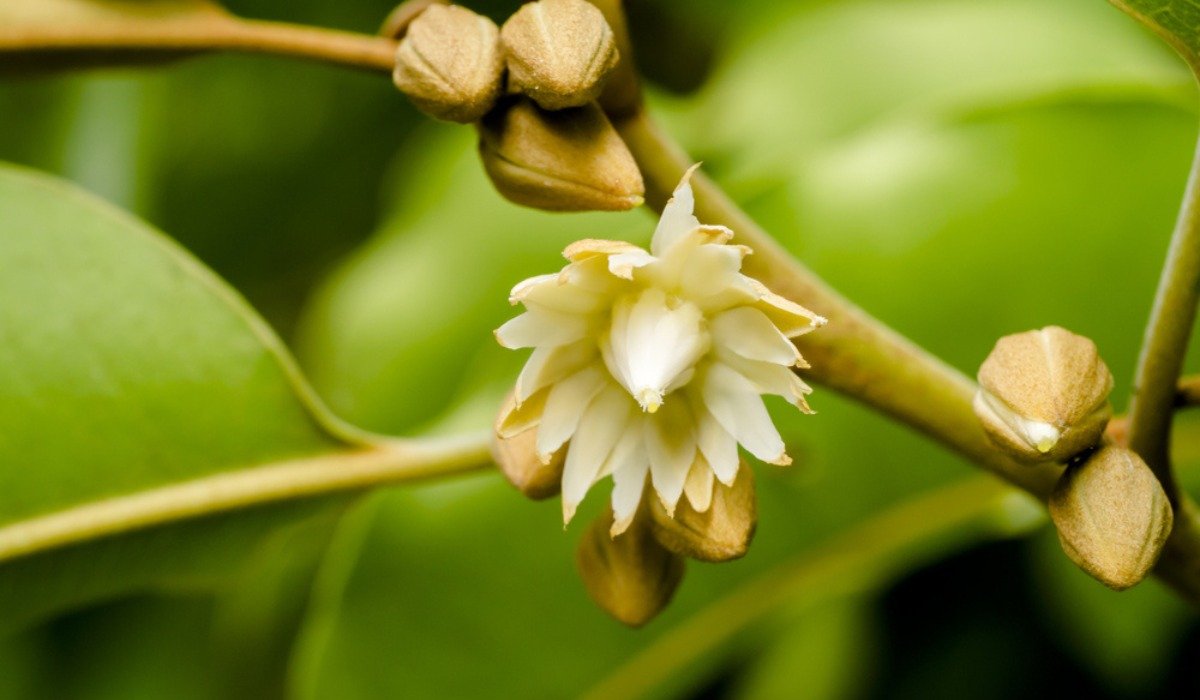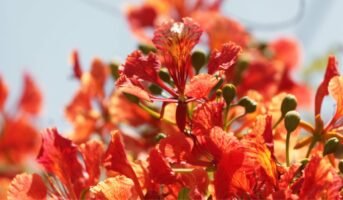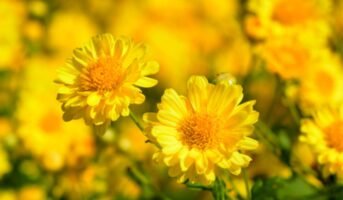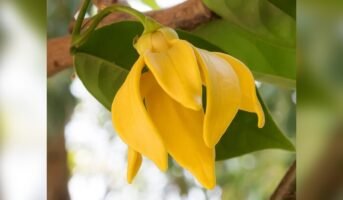You must have heard of the Bakul tree in India, but you may not be entirely familiar with its benefits as a house tree. This guide will provide you all the ready knowledge you would require about this tree.
What is Mimusops Elengi?
Mimusops Elengi is a species of plant in the family Sapotaceae, native to Western and Central Africa. Mimusops Elengi is a small tree that grows in warm climates. It can reach heights of 30 foot and its leaves are pale on the underside and dark green on the upper side. Mimusops Elengi also has flowers that usually appear yellow and green.
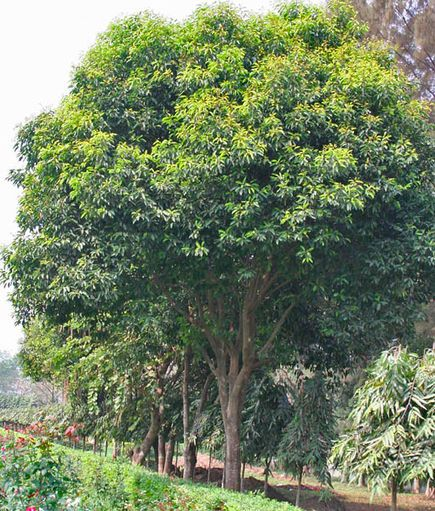
Source: Pinterest
Mimusops Elengi: Quick facts
| Common Name | Spanish Cherry, Bakul |
| Genus | Mimusops |
| Botanical Name | Mimusops elengi |
| Family | Sapotaceae |
| Mature Size | 30 feet |
| Cultivation | Africa, South Asia, Southeast Asia and northern Australia |
| Benefits | In Ayurvedic medicine, Mimusops elengi is used to treat headaches, toothaches, oral diseases, and poisonous cases. |
Mimusops elengi physical description
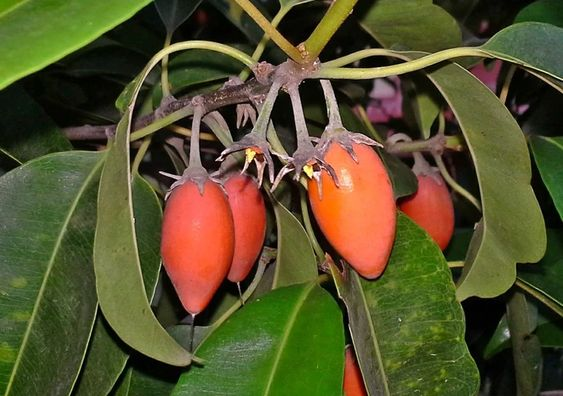
Source: Pinterest
The plant reaches a height of 30 feet, and its leaves are shiny green on top and mottled with white on the underside. The flowers are small and creamy-white, with four petals that are held together in a cup shape. The fruit is round, yellowish-green, and covered in tiny bristles.
How to grow Mimusops Elengi?
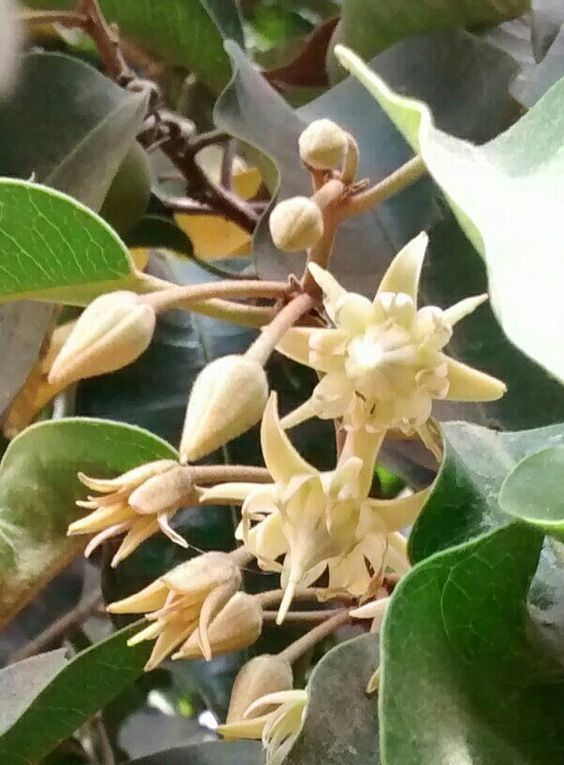
Source: Pinterest
The Mimusops Elengi is a tropical tree native to Africa and Asia. It grows best in warm climates and is known for its beautiful white blooms that are often used as ornamental plants. The tree can grow up to 20 feet tall, but it needs fairly warm temperatures to do so.
The Mimusops elengi is an easy tree to care for if you have access to a sunny location with well-drained soil. You will need a pot with drainage holes in the bottom, and enough space for the roots to spread out.
Once you have planted your Mimusops elengi in its new home, keep an eye on its progress by checking the soil every few weeks. You may also want to provide some water during dry spells by placing a saucer over the container’s opening so that rainwater doesn’t run off too quickly into your yard.
How to care for and maintain Mimusops Elengi?
It is important to get a Mimusops elengi tree at the right time of year. You should get your tree from a nursery or garden centre that stocks young trees with leaves because they will be more likely to survive if they have left when they arrive.
When purchasing your tree, be sure to ask about the size of the root ball before you buy it. You want to make sure that you don’t end up with a large root ball that isn’t manageable for your yard or garden.
Maintenance tips for Mimusops Elengi
Mimusops elengi trees need full sun exposure and lots of water during their first year after being planted. However, they tend not to need any supplemental feeding once established. They do not grow fast initially, but once established, they will grow quickly and be fairly drought tolerant.
What are the benefits of Mimusops Elengi?
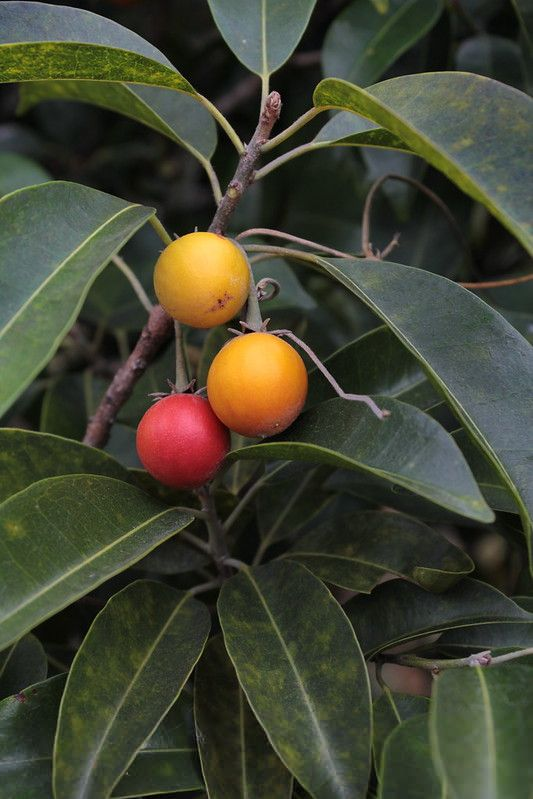
Source: Pinterest
- Mimusops elengi is used in traditional medicine practices in Brazil, where it is believed to treat infections caused by bacteria or fungi.
- In recent years, Mimusops elengi has been used as a source of medicinal compounds such as quinine, caffeine and nicotine.
- Traditional Ayurvedic medicine uses this plant for treating toothache, headaches, poisonous cases, oral cavity problems, diarrhoea, and other health problems.
- To strengthen tooth gum, this herb’s seed coat and bark are used. In addition to consuming raw Spanish cherry fruit, you can use these fruits to make pickles.
FAQs
Can Mimusops elengi fruit be eaten?
Yes, it is an edible fruit, and its leaves are anti-toxic.
What is the other name of Mimusops elengi?
The common name of the plant is Spanish cherry.
Housing News Desk is the news desk of leading online real estate portal, Housing.com. Housing News Desk focuses on a variety of topics such as real estate laws, taxes, current news, property trends, home loans, rentals, décor, green homes, home improvement, etc. The main objective of the news desk, is to cover the real estate sector from the perspective of providing information that is useful to the end-user.
Facebook: https://www.facebook.com/housing.com/
Twitter: https://twitter.com/Housing
Email: [email protected]
